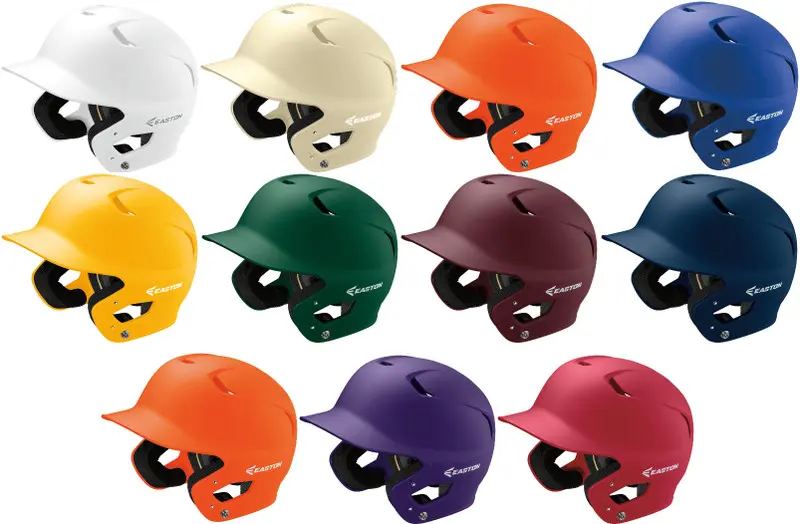Understanding the pros and cons of the best baseball helmets is vital to picking the right one. Baseball players started to wear helmets in the 1950’s, to prevent head trauma and to prevent any serious injuries.
Who invented the baseball helmet?
The first known use of batting helmets in the majors was by the 1941 Brooklyn Dodgers. Two of the Dodgers, Joe Medwick and Pee Wee Reese, had suffered severe beanings, so General Manager Larry MacPhail made the entire team wear protective helmets so they would not experience any severe suffering injuries.
Why do baseball players wear helmets?
A batting helmet is worn by batters in the game of baseball. It is meant to protect the batter’s head from pitches thrown by the pitcher. A batter who is hit by pitch due to a wild pitch or a pitcher’s purposeful attempt to hit him, may be seriously, even fatally, injured.
What Do Baseball Players Put On Their Helmets?
It’s called pine tar, a sticky substance players put on their bats to reduce slippage. The goop gets on their batting gloves and gets transferred to their helmets when they adjust them.
How To Pick The Best Baseball Helmet for You
It’s not easy to buy a batting helmet, especially if you’re new to the sport. However, as safety is the most important part of this activity, there are some important aspects to consider throughout your search of helmets…
Size : One of the most important aspects when it comes to buying a helmet is the size. Measuring our athlete’s head is a sure way to purchase the right helmet. If it is too big, the helmet could potentially whip off or cause further injury to their head if struck. If it’s too small, not only will it cut off circulation in their head–which is quite dangerous–but if they are struck, the helmet won’t protect them overmuch. Thus, size matters.
Quality: Most, if not all, of batting helmets, come with a label that will tell us if they can be reconditioned or if they need to be tossed out after a certain amount of use. We should keep that in mind if we’re looking for a high-quality purchase.
Faceguard: Most of the best batting helmets come with a faceguard to help protect your nose and mouth from injury during the game. You can also purchase helmets with a partial faceguard to protect your face without impairing your vision. Many of these are designed with a metal bracket across the mid-section of your face. Full faceguards use a strong material such as plexiglass to protect your eyes, and a metal bracket to cover your mouth.
Maintenance: If you look after your batting helmet, it’ll look after you. Most of the best helmets are designed to withstand a ball traveling up to 90 mph, but there will be some natural wear and tear if the ball repeatedly hits you or you’ve owned your helmet for several years. You shouldn’t leave your helmet out in the sun since this can cause the padding to overheat, harden and then break. Instead, store the helmet inside, preferably in a protective case where it won’t get accidentally damaged. TAKE CARE OF YOUR HELMET!!!!
Ear Guards: Most of the best batting helmets feature ear guards to protect as much as your upper body as possible. These flaps help to cover your ears in the event a ball hits you. This can take some time getting used to since you can’t hear as clearly as not having ear guards, though your safety is the most important thing. Alternatively, you can purchase batting helmets that only have one ear guard so you can communicate with your team members. Check the regulations for the league you’re playing in to ensure you’re correctly following the rules. If you opt for a helmet with one ear guard, make sure you face the flap toward the pitcher for the best protection.
Fit: By mentioning size the helmet should fit you properly. One common way to check that it’s the right size and shape for you is by placing the helmet over your head and shaking your head alternate ways in turns. If you notice the helmet begins to move around while you’re shaking, you might need to choose a smaller helmet for a snug fit.The batting helmet should be positioned above your eyebrow and evenly cover all areas of your head. If you don’t wear it correctly, you could risk injuring yourself as you’re running around the field.

